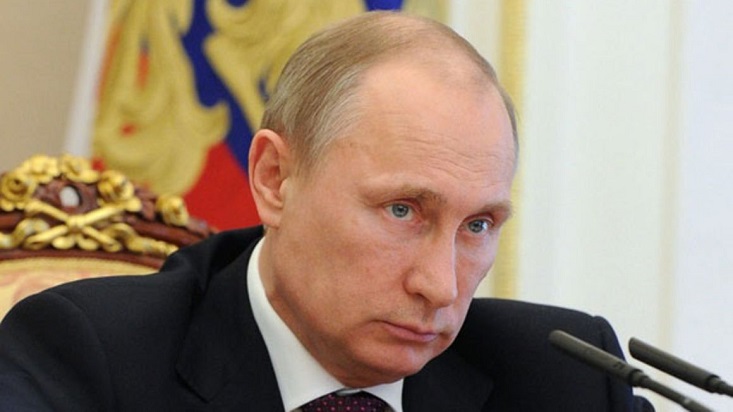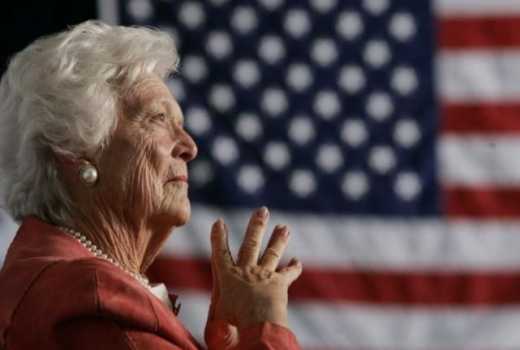Russian President Putin
The significant escalation of the Ukraine-Russia conflict rattled equity markets and led to an increase in global oil prices, which likely had some risk premium already embedded.
West Texas Intermediate and Brent crude oil prices both increased and are trading near, or above, $100 per barrel. The conflict will have a significant impact on economic growth in Eastern Europe, as it is the most reliant on Russian imports.
The effect on the U.S. economy is tied to equity markets and oil prices. Earlier this month, we ran two scenarios through our Global Macroeconomic Model.
In the first scenario, West Texas Intermediate crude oil prices jump to $100 per barrel, and the second has oil prices hitting $150. In each scenario, increases in oil prices occur in the second quarter and remain there in the third quarter before returning to the baseline.
This movement in oil prices would be consistent with a sudden but temporary supply shock. The more economic costs increase, the higher oil prices rise. In the $100-per-barrel oil price scenario, GDP growth in the second quarter is reduced by 0.1 of a percentage point, but it reduces GDP growth in the third quarter by 0.5 of a percentage point and 0.2 of a percentage point in the final three months of the year.
If oil prices are $150 per barrel in the second and third quarters, the hit to GDP growth this year is more noticeable. GDP growth in the second quarter is reduced by 0.2 of a percentage point, 1 percentage point in the third quarter, and 0.4 percentage point in the final three months of the year. Year over-year growth in the CPI is 0.5 of a percentage point higher than in the baseline in the second quarter and 0.6 of a percentage point in the third quarter. Higher oil prices will boost inflation and increase the cost at the pump. Wholesale gasoline futures, which lead U.S. retail gasoline prices by two weeks, point toward prices at the pump reaching $3.75 per gallon, compared with $3.58 in the week ended February 18. If oil prices continue to climb, then $4-per-gallon gasoline will become a reality.
Our rule of thumb is that for every $10 increase in oil prices, retail gasoline prices rise by 30 cents per gallon.
- S. corporate bond market not immune
- S. high-yield corporate bond issuance has come to a grinding halt as geopolitical tensions, wider spreads, heightened volatility in equity markets and fund outflows have taken a toll. The Barclays/Bloomberg high-yield corporate bond spread has widened by 76 basis points since the beginning of the year to 359 basis points, the widest since early 2021. Though high-yield corporate bond spreads are well below their historical average of 496 basis points, the abruptness of the widening in spreads is hurting issuance, contributing to the more-than-4% decline in junk bond total returns this year. Investors have been pulling money out of high-yield funds for more than a month. Issuance doesn’t look like it’s going to improve soon as the pipeline is very lean and geopolitical tensions have intensified. So far, the issues in the high-yield corporate bond market are attributed to interest rates rather than defaults, with the latter near historic lows. High-yield corporate bond issuance normally doesn’t thrive when there is a lot of volatility in equity markets. The VIX has jumped recently and is at 30, which foreshadows further widening in high-yield corporate bond spreads. The Russian-Ukraine conflict will continue to impact the U.S. high-yield corporate bond market, but the implications for the broader domestic banking system are minimal. U.S. banks have a small exposure to Russian banks, according to the Bank for International Settlements. Therefore, U.S. sanctions are unlikely to ripple through the domestic banking system, keeping the risk of contagion low. The Russian-Ukraine conflict is weighing on U.S. equity markets, but there has also been a significant increase in Russia’s fiveyear credit default-swap spreads.
Credit: Moodys





